Visitors have accepted tourism in Egypt for decades because of its distinguished location and the convergence of the ancient world’s continents, Africa, Asia, and it connects Europe. If we state that Egypt has innumerable monuments, tourism in Aswan contains many of these landmarks and more than historical monuments.
Although the characteristics of ancient Egypt are unlike other historical monuments in the world, they are not the ruins of houses, palaces, or temples, but rather a whole civilization with temples that are still in full beauty and splendor.
There are many notable Aswan landmarks, and the brilliant sun of Aswan is the essential characteristic of this lovely city, where European visitors come to seek warmth from their country’s cold in the winter. Medical tourism, as well as recreational, thrives in Aswan, and there are reserves. In addition to the cruise tours in Aswan, the natural beauty, the magnificent waterfalls, and the High Dam represent the Egyptian people’s effort and success in achieving growth and wealth.
1- Abu Simbel Temples
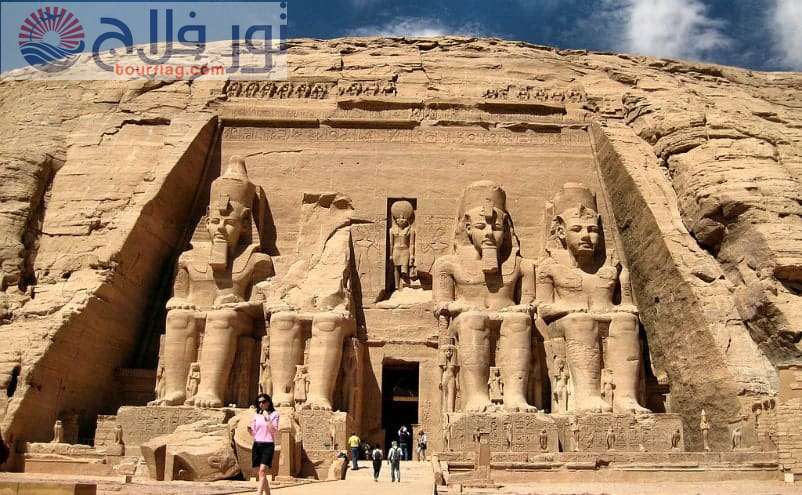
The temples of Abu Simbel are one of the most important tourist attractions in Aswan. They are currently located west of Lake Nasser, the world’s largest artificial lake, but that was not the original location of the temples. The waters of the Nile River flooded that site after diverting the river’s course during the construction of the High Dam. As a result, with the assistance of governments throughout the world, UNESCO dismantled these temples and relocated them to their current position to the west.
King Ramses II constructed these temples in 1244 BC. The main temple is devoted to him and is topped by four massive sculptures of the king, with lesser statues symbolizing the monarch’s kids, wife, and mother at its feet. Every year, thousands of people visit the temple to witness the sun pass over the king’s statue face in the Holy of Holies, commemorating the king’s birthday and the day of his coronation to the throne.
The tiny temple is dedicated to Queen Nefertari, King Ramses’ wife, and the worship of the goddess Hathor, and its design is identical to that of the great temple. These temples are regarded as a symbol of the ancient Egyptians’ magnificence and their talents in design and brilliant engineering execution, which remains a mystery to academics to this day.
2- Temple of Philae, Aglika Island
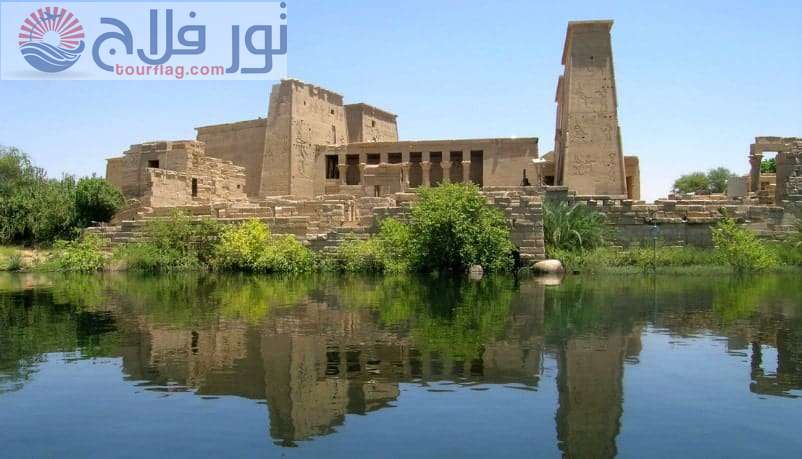
It is one of the most attractive and essential tourist sites in Aswan, and it is well-known and famous across the world. It was spared from drowning by a UNESCO effort during the building of the High Dam in the 1960s. However, the process of saving the temples was extremely difficult, lasting over nine years, and involved a huge number of countries from across the world, as well as modern technical approaches.
The temple was built in the third century BC for the worship of the god Isis, and it was followed by the Greek, Roman, and Byzantine eras, each of which left its imprint on the temple’s walls, where the visitor can view numerous large columns and paintings with amazing artwork. To get to the temple, enjoy a spectacular boat ride down the Nile River, during which thousands of photographs of the beautiful surroundings will be shot.
3- The High Dam
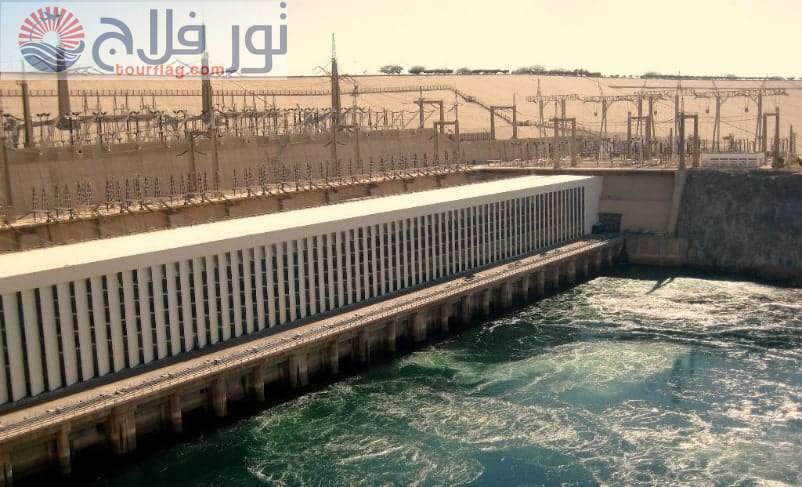
The High Dam is one of the most prominent tourist sites in Aswan, and this massive structure is notable for the majesty and significance of its architecture. The twentieth century’s world.
The High Dam is significant because it protects the country from the Nile River’s huge floods, threatening the country every year and flooding hundreds of communities. Flood water is the world’s largest artificial lake to discharge water via holes in the dam’s body, like an industrial waterfall that powers dozens of turbines to create energy. It runs dozens of companies and lights hundreds of communities.
It is not surprising that the High Dam is one of the tourist attractions in Aswan, where visitors come to learn about the greatest human achievement of the twentieth century, as well as the magnificent scenery that surrounds it.
4- Unfinished obelisk
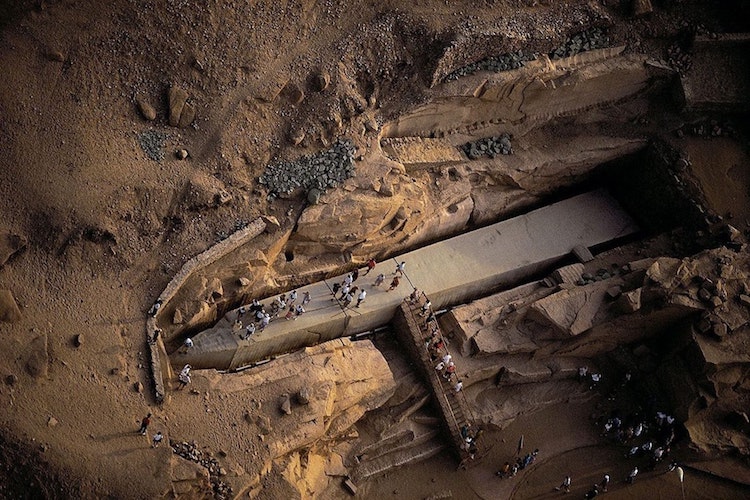
The lost obelisk is said to be one of the most prominent tourist sites in Aswan, and it is located in the southern section of the Egyptian quarries. The obelisk was carved during Queen Hatshepsut’s reign, as most obelisks were built during her reign. Unfortunately, however, a fracture occurred in the obelisk’s body, causing its completion to be halted to leave a lasting impression on the earth.
Visitors may view various engravings of animals and birds etched on the obelisk’s walls and snap several remembrance pictures.
5- Nubian Museum

The Nubian Museum, one of the most distinctive and popular tourist attractions in Aswan with tourists worldwide, displays a special aspect of the very important and ancient Nubian civilization.
Mahmoud Al-Hakim, an Egyptian architect, excelled in its execution. He conveyed the authentic Nubian spirit and the vocabulary of life in it in a way that astounded the world, using the surrounding environmental rocks and being inspired by prehistoric caves and models of the Nubian house with their artistic touches, inscriptions, and bright colors.
He was also interested in the presence of touches from the various civilizations that it passed through, such as the minaret, which represents Islamic civilization, and the many archives that enlighten on the lives of the ancient Nubians, such as small statues of burnt silt, pottery pots, and many coins and bronze utensils, and the ancient Nubian civilization are still of interest. Researchers from all around the world.

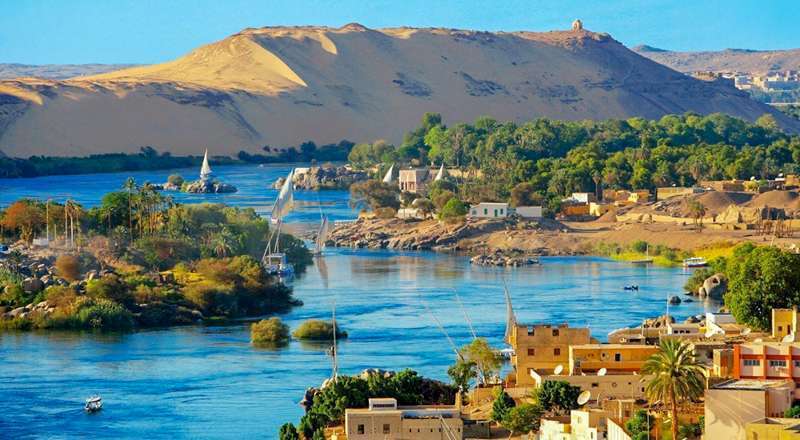
Comment (0)